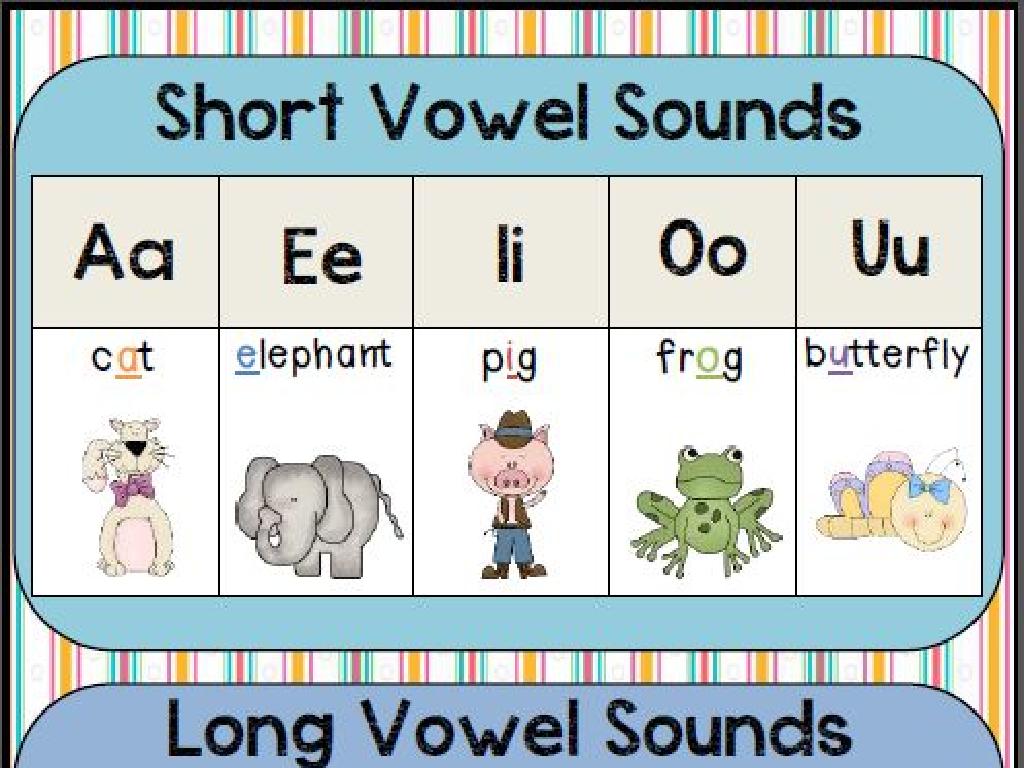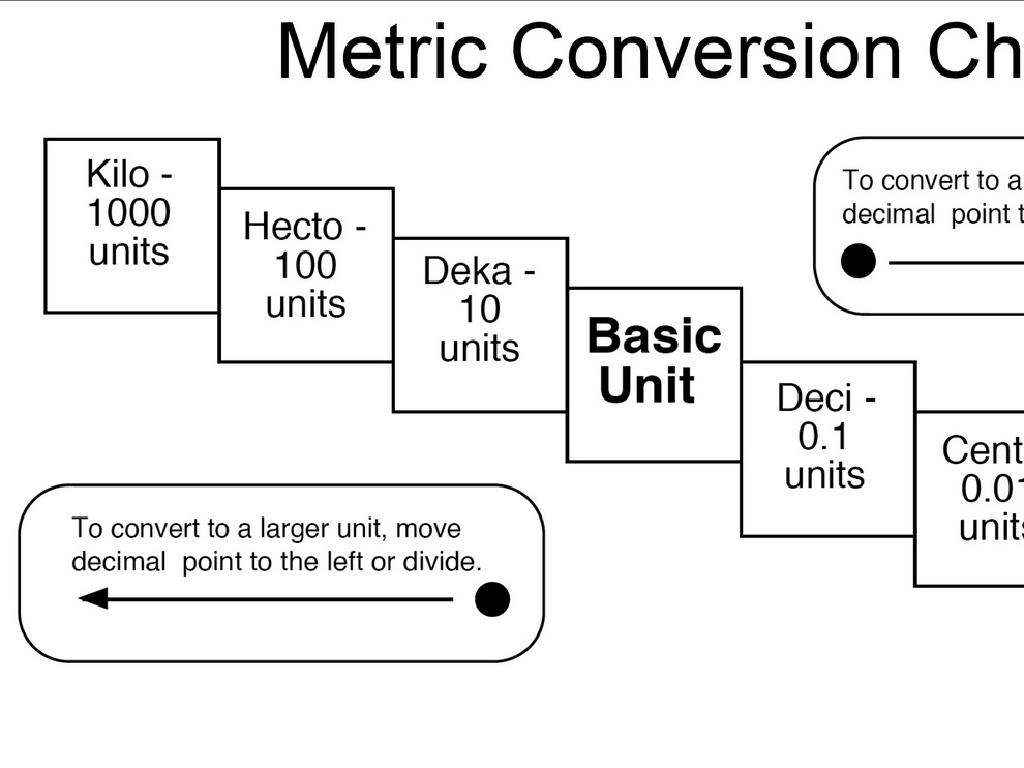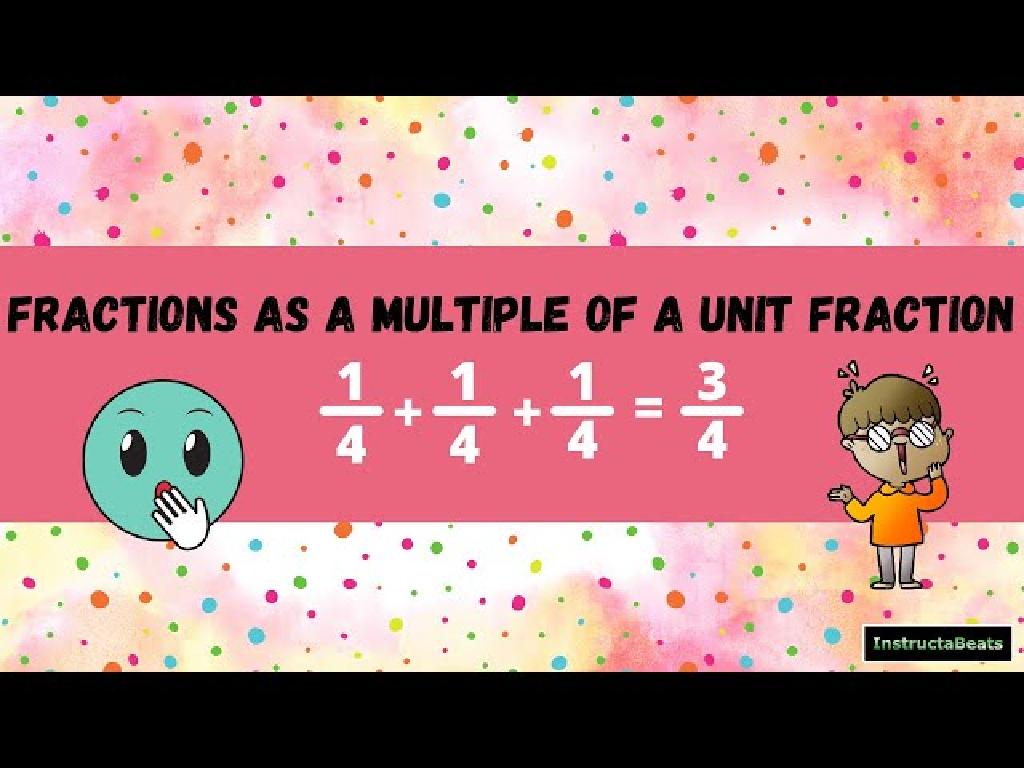Compare Magnitudes Of Magnetic Forces
Subject: Science
Grade: Eighth grade
Topic: Chemical Reactions
Please LOG IN to download the presentation. Access is available to registered users only.
View More Content
Exploring Magnetic Forces in Chemistry
– What are magnetic forces?
– Invisible forces exerted by magnets
– Magnetism’s role in reactions
– Magnets can influence how chemical reactions occur
– Real-world magnetic applications
– MRI machines in hospitals, magnetic locks
– Comparing force magnitudes
– Stronger magnets exert greater forces
|
Begin with a basic definition of magnetic forces to ensure students understand the concept of invisible forces exerted by magnets. Explain how magnetism can affect the rate and direction of chemical reactions, which is a key concept in understanding the relationship between magnetism and chemistry. Provide relatable examples such as the use of MRI machines, which rely on strong magnetic fields to produce images of the body, or magnetic locks for security. Discuss how different magnets have varying strengths and how to compare the magnitudes of these forces. This will help students grasp the practical implications of magnetic forces in everyday life and in scientific applications.
Exploring Magnetism
– Define magnetism and properties
– Magnetism is a force; it attracts/repels objects with magnetic properties.
– Understand magnetic fields
– Invisible lines of force around a magnet where its power is effective.
– Types of magnets
– Permanent magnets are always magnetic; electromagnets require electricity.
– Contrast permanent vs electromagnets
– Permanent magnets: always on; Electromagnets: controlled with electricity.
|
Begin with a definition of magnetism, emphasizing its role as an invisible force that can attract or repel certain materials. Explain that magnetic fields represent areas around a magnet where its magnetic force is exerted, often visualized through field lines. Introduce permanent magnets as objects that maintain a persistent magnetic field, in contrast to electromagnets, which rely on electric current to generate a temporary magnetic field. Highlight the importance of understanding these concepts to grasp how magnetic forces can vary in strength and application. Encourage students to think about real-life examples of where different types of magnets are used and why the ability to turn electromagnets on and off is useful.
Magnetic Forces in Chemical Reactions
– Interaction of magnetic forces
– How do magnets affect reactions?
– Electron movement and magnetism
– Electrons create magnetic fields.
– Magnetic stirrers in labs
– Used to mix reactants efficiently.
– Exploring magnetic influence
|
This slide aims to explain the role of magnetic forces in chemical reactions, which is often overlooked. Magnetic forces can influence reactions by affecting the orientation and speed of reactant molecules. The movement of electrons, which are charged particles, generates magnetic fields that can interact with these forces. A practical example is the use of magnetic stirrers in laboratories to mix reactants without physical stirring, which demonstrates the application of magnetism in chemical processes. Encourage students to think about other ways magnetism might influence reactions and to consider the broader implications of magnetic forces in science.
Comparing Magnitudes of Magnetic Forces
– Factors affecting magnetic strength
– Material type, temperature, and magnet size can alter force strength.
– Experiment: Magnetic force vs. distance
– Observe how magnets attract or repel at different distances.
– Understanding magnetic field lines
– Invisible lines that represent magnetic force around a magnet.
– Density of field lines indicates strength
– Closer lines mean a stronger magnetic force at that point.
|
This slide aims to explain the factors that influence the strength of magnetic forces and how to compare their magnitudes. Discuss the types of materials, the effect of temperature, and how the size of the magnet can change the strength of the magnetic force. Introduce an experiment where students can observe the change in magnetic force as the distance between two magnets varies. Explain the concept of magnetic field lines as a way to visualize magnetic forces, with the density of these lines indicating the strength of the force. Encourage students to think critically about how these factors play a role in everyday applications of magnets.
Measuring Magnetic Forces
– Tools for measuring magnetism
– Use of gaussmeters and compasses
– Significance of force measurement
– Accurate measurements lead to better understanding of forces
– Compass activity to detect fields
– A compass needle aligns with Earth’s magnetic field, indicating presence of other magnetic forces
– Understanding force magnitudes
|
This slide introduces students to the concept of measuring magnetic forces, which is crucial for comparing the magnitudes of these forces. Begin by discussing the tools used, such as gaussmeters for measuring the strength of a magnetic field and compasses for detecting the direction of magnetic fields. Emphasize the importance of accurate measurement in understanding the magnitudes of forces involved in magnetic interactions. The class activity involves using a compass to detect magnetic fields, which will help students visualize and comprehend how magnetic forces can be measured and compared. Provide detailed guidelines for the teacher to facilitate the compass activity, ensuring that students understand how to interpret the compass readings in relation to magnetic force strength.
Magnetic Forces in Action
– Everyday applications of magnets
– Fridge magnets, compasses, and credit card strips
– Magnets’ role in technology
– Magnets are crucial in computers, speakers, and MRI machines
– Devices that utilize magnets
– Think of gadgets at home or school with magnets
– Discuss magnetic force examples
|
This slide aims to explore the practical applications of magnetic forces in our daily lives and how they are integral to the functioning of many modern technologies. Start by discussing familiar items that use magnets, like refrigerator magnets, compasses for navigation, and the magnetic strips on the back of credit cards. Then, delve into how magnets are essential components in various technologies, including the hard drives in computers, speakers, and medical imaging devices like MRI machines. Encourage students to engage in a discussion by thinking of and sharing examples of devices they use that contain magnets. This will help them connect the concept of magnetic forces with real-world applications, enhancing their understanding of the topic.
Class Activity: Exploring Magnetic Fields
– Group activity with iron filings
– Experiment with various magnet sizes
– Use small, medium, and large magnets to compare forces
– Observe differences in magnetic force
– Notice how the iron filings align differently
– Share findings with the class
|
This interactive class activity is designed to help students visualize and compare magnetic fields using iron filings and magnets of different sizes. Divide the class into small groups and provide each with a sheet of paper, iron filings, and a set of magnets. Students will sprinkle iron filings over the paper and bring different sized magnets underneath to observe the patterns formed by the filings. Encourage them to note the differences in the field lines’ density and spread. After the experiment, each group will discuss their observations and present their conclusions on how magnet size affects magnetic force. Possible activities include comparing the distance at which each magnet can attract small metal objects, or the weight each magnet can hold. This will deepen their understanding of magnetic forces and their magnitudes.
Conclusion: Magnetic Forces in Chemistry
– Recap of magnetic force concepts
– Magnetism’s role in reactions
– Magnetism can influence how chemical reactions occur, especially in ionic compounds.
– Reflect on learning outcomes
– Consider how magnetic forces apply to everyday chemical interactions.
– Open floor for Q&A session
|
As we conclude, revisit the fundamental concepts of magnetic forces, emphasizing their vector nature and how they can be compared in magnitude. Highlight the significance of magnetism in chemical reactions, particularly in the formation and behavior of ionic compounds. Encourage students to reflect on what they’ve learned about magnetism’s role in the natural world and in technology. Finally, open the floor for a question and answer session to clarify any doubts, ensuring students leave with a solid understanding of the topic. Be prepared with additional examples or demonstrations to further explain complex concepts if needed during the Q&A.






